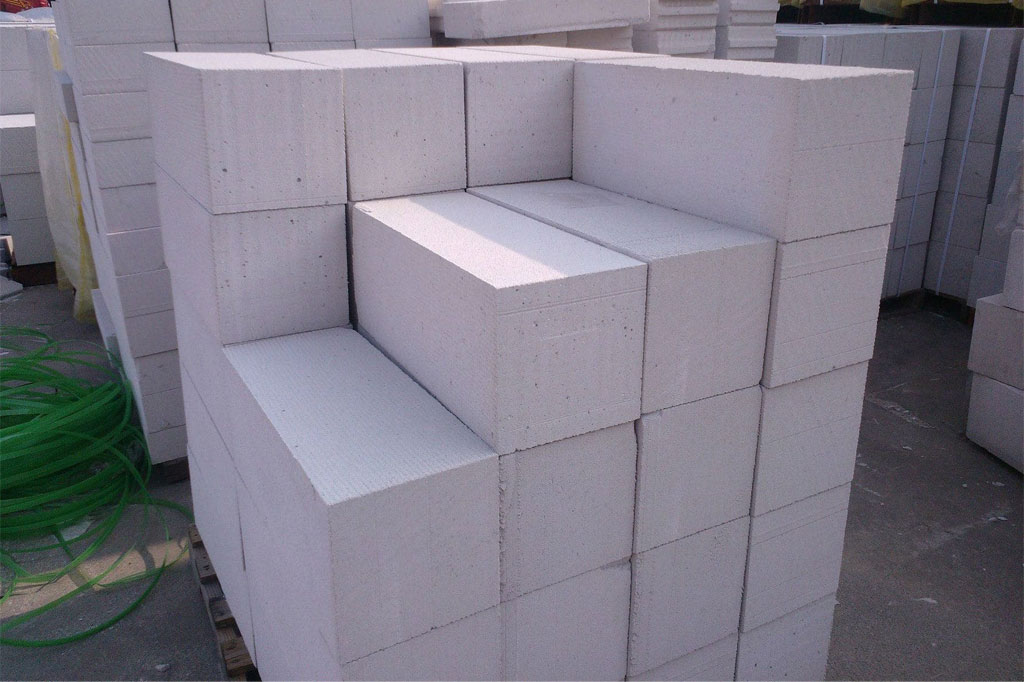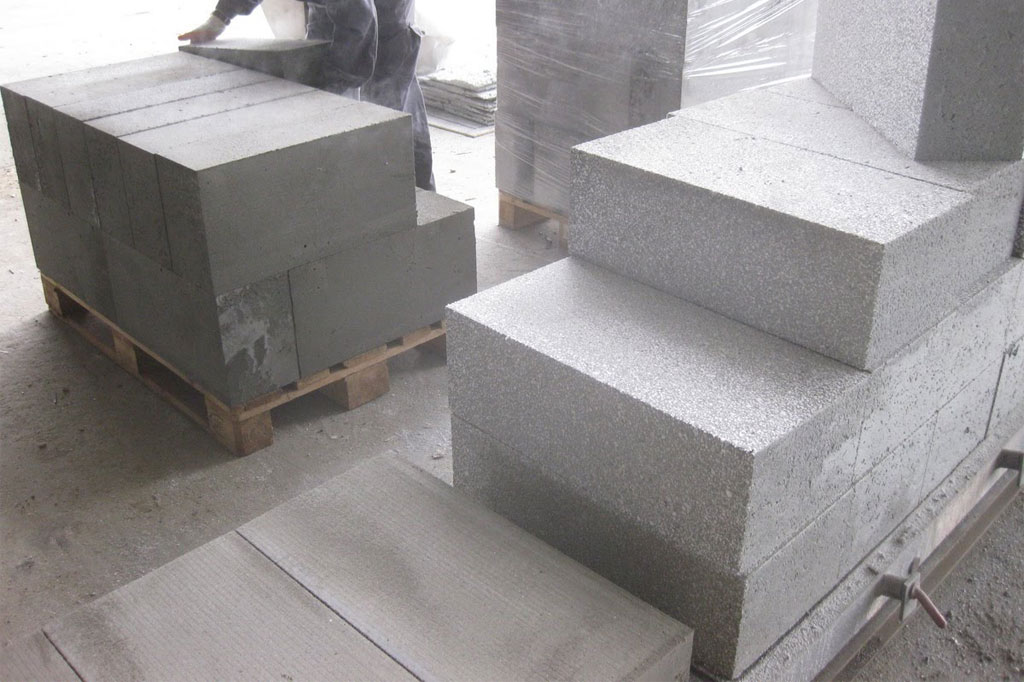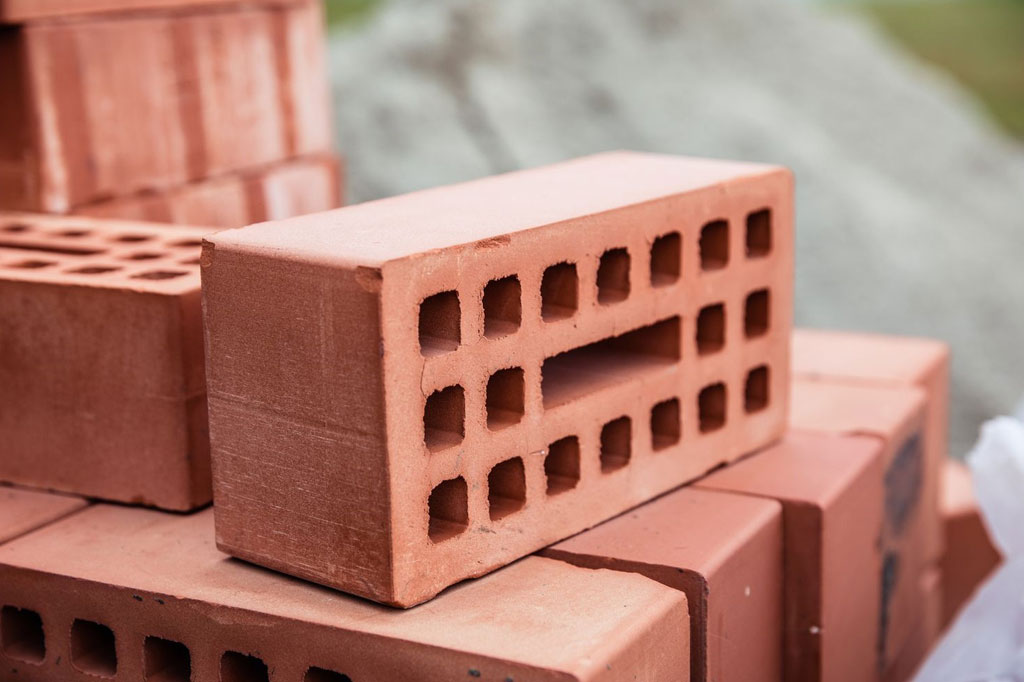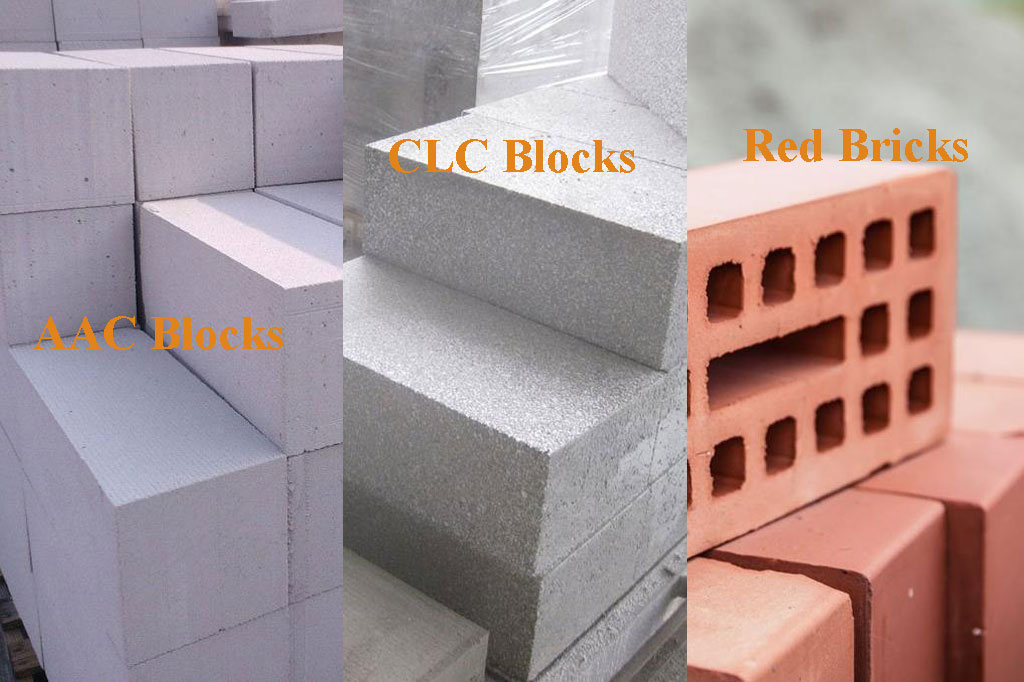Among the prominent options for building structures are AAC blocks, CLC blocks, and traditional red bricks. These three contenders have captured the attention of architects, engineers, and builders due to their distinct properties and the impact they can have on the construction process, cost, and environment.
In this article, we will delve into the world of AAC blocks, CLC blocks, and red bricks, comparing their characteristics, advantages, and disadvantages to provide a comprehensive understanding of their applications in modern construction.
Aspect | AAC Blocks | CLC Blocks | Red Bricks |
Composition | Cement, lime, sand, water, gypsum, and aluminum powder | Cement, fly ash, foam generator, water | Clay, water, and sometimes additives |
Density | Lightweight, typically 550-800 kg/m³ | Lightweight, typically 600-1,200 kg/m³ | Heavy, typically 1,800-2,000 kg/m³ |
Compressive Strength | Moderate to high strength, typically ranging from 3 to 7 MPa | Lower strength compared to AAC, usually around 2 to 5 MPa | Moderate to high strength, varies from 3 to 20+ MPa |
Thermal Conductivity | Low | Low | Higher |
Fire Resistance | Good | Good | Relatively good |
Sound Insulation | Good | Good | Fair |
Eco-Friendly | Yes | Yes | Less |
Construction Speed | Fast | Fast | Moderate |
Workability | Easy to handle and cut, with precise dimensions | Relatively easy to handle, but may have slightly varied dimensions | Can be challenging to work with, especially in precise applications |
Water Absorption | Low | Low | Moderate to high |
Durability | High | Moderate | Moderate to high |
Cost | Generally high | More economical compared to AAC | Varies based on region |
For more details of these three building materials, please keep reading.
AAC Blocks: The Lightweight Innovator
Autoclaved Aerated Concrete (AAC) blocks, often referred to as lightweight concrete blocks, have emerged as a popular alternative to traditional construction materials. These blocks are manufactured through AAC block making machine that involves mixing cement, sand or fly ash, lime, water, and an expanding agent. The mixture is then poured into molds and subjected to autoclaving, a high-pressure steam curing process that results in the formation of porous, lightweight blocks.

Advantages of AAC Blocks:
- Lightweight: One of the standout features of AAC blocks is their lightweight nature. They have a cellular structure that contributes to reduced overall weight, making transportation, handling, and installation easier and more cost-effective.
- Thermal Insulation: The porous structure of AAC blocks lends them excellent thermal insulation properties. They help maintain stable indoor temperatures, leading to reduced energy consumption for heating and cooling.
- Acoustic Insulation: AAC blocks possess sound-absorbing qualities, making them ideal for buildings in noisy environments or those requiring enhanced privacy, such as schools and hospitals.
- Fire Resistance: AAC blocks are highly fire-resistant due to their mineral composition and cellular structure. This characteristic enhances the safety of structures built using these blocks.
- Environmentally Friendly: AAC blocks use minimal raw materials and generate lower greenhouse gas emissions during manufacturing compared to traditional bricks. This aligns with sustainable building practices.
Disadvantages of AAC Blocks:
- Cost: AAC blocks are generally more expensive than traditional red bricks, which can impact the overall project budget.
- Limited Load-bearing Capacity: While AAC blocks are strong enough for most residential and light commercial applications, they may not be suitable for structures that require extremely high load-bearing capacities.
CLC Blocks: Cellular Light-weight Champions
Cellular Lightweight Concrete (CLC) blocks are another lightweight alternative in the construction materials landscape. Similar to AAC blocks, CLC blocks are manufactured using a mixture of cement, sand or fly ash, water, and foaming agents. The key difference lies in the foaming agent used and the method of curing, which results in a cellular structure with air voids.

Advantages of CLC Blocks:
- Cost-effective: CLC blocks are often more affordable than AAC blocks, making them an attractive option for budget-conscious projects.
- Thermal Insulation: Like AAC blocks, CLC blocks offer commendable thermal insulation properties, helping to regulate indoor temperatures and reduce energy consumption.
- Reduced Dead Load: The lightweight nature of CLC blocks decreases the overall dead load on the structure, which can lead to savings in foundation and structural design costs.
- Workability: CLC blocks are relatively easy to work with due to their lightweight nature. They can be cut, shaped, and modified on-site without requiring specialized tools.
- Sustainability: CLC blocks typically use fly ash, an industrial waste byproduct, which contributes to the sustainable utilization of resources and reduces the environmental impact.
Disadvantages of CLC Blocks:
- Lower Strength: CLC blocks generally have lower compressive strength compared to traditional red bricks and AAC blocks. This limitation might restrict their use in certain load-bearing applications.
- Durability Concerns: The long-term durability of CLC blocks can be a concern in harsh environmental conditions, especially when not properly cured or protected.
Red Bricks: The Time-Tested Classic
Red bricks, a time-honored choice for construction, have been used for centuries to build structures of various sizes and purposes. These bricks are typically made from clay, molded into shape, and then fired in kilns to achieve their characteristic strength and durability.

Advantages of Red Bricks:
- Proven Durability: Red bricks have a proven track record of durability and longevity, with many historical structures standing strong for centuries.
- Cost-Effective: Red bricks are often more affordable than both AAC and CLC blocks, making them a cost-effective choice for a wide range of projects.
- Load-Bearing Strength: Red bricks possess high compressive strength, making them suitable for load-bearing applications and structures requiring significant strength.
- Natural Aesthetic: The natural, earthy aesthetic of red bricks adds a timeless charm to buildings, often preferred in traditional and rustic designs.
Disadvantages of Red Bricks:
- High Embodied Energy: The production of red bricks involves high energy consumption due to the firing process, contributing to environmental concerns.
- Thermal Conductivity: Red bricks have lower thermal insulation properties compared to AAC and CLC blocks, which can lead to higher energy consumption for heating and cooling.
- Environmental Impact: The extraction of clay for red brick production can lead to habitat disruption and ecosystem degradation in some areas.
Which One Is The Best?
When it comes to selecting between AAC blocks, CLC blocks, and red bricks for your construction project, it’s important to consider a variety of factors. The decision should be based on the specific requirements of the project, including load-bearing needs, thermal insulation requirements, budget constraints, and sustainability goals.
If lightweight construction, enhanced thermal and acoustic insulation, and fire resistance are crucial, AAC blocks could be an excellent choice. CLC blocks might be a preferable option for those looking to balance cost-effectiveness, thermal insulation, and sustainability.
On the other hand, traditional red bricks offer durability, strength, and a classic aesthetic appeal, making them suitable for various architectural styles.
Conclusion
The right choice hinges on understanding the unique characteristics of each material and aligning them with the demands of your project. By carefully weighing the pros and cons, you can make an informed decision that contributes to the success and longevity of your construction endeavor while considering its impact on the environment and surrounding communities.

